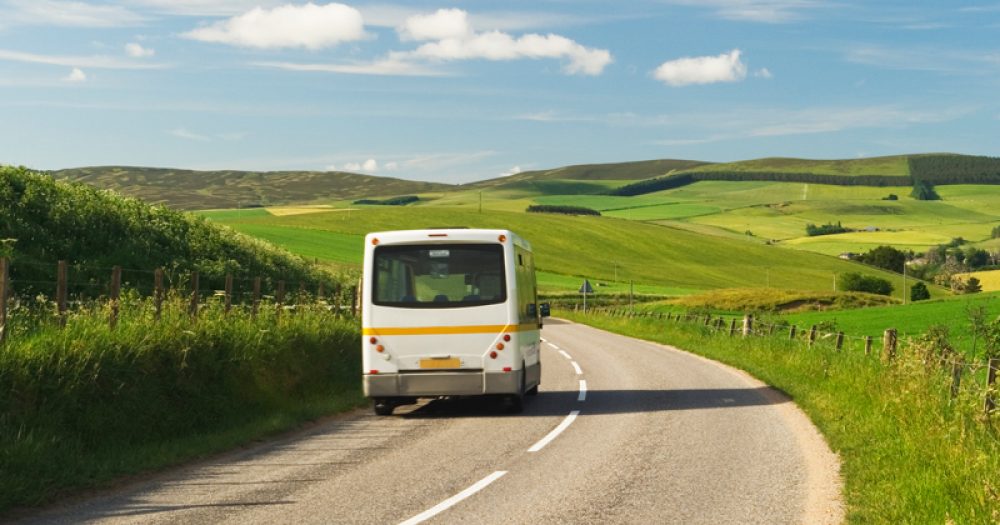It will be “impossible” for some schools to remain open for vulnerable pupils and children of key workers, the government has admitted.
In new guidance for parents, the Department for Education said pupils at schools that can’t stay open due to staff shortages will attend neighbouring schools.
And the government will also “provide transport arrangements” to help ensure pupils “can attend the best setting for them”.
The news further confirms speculation that the government could adopt a “hub” approach to provision in the coming weeks and months.
Gavin Williamson, the education secretary, announced on Wednesday that schools would close to the majority of pupils from this afternoon.
Only vulnerable pupils and the children of key workers will be offered school places from Monday.
In guidance for parents published in the early hours of this morning, the Department for Education said it was not mandatory for schools to stay open for certain pupils, and settings were simply being asked to do so “where they can”.
This comes despite the government readying emergency powers to allow it to force schools to stay open or close.
“We understand that some may be unable to do so especially if they are experiencing severe staff shortages,” the guidance states.
“We will work with local areas to use neighbouring schools, colleges and childcare providers to continue to support vulnerable children and children of critical workers.”
Emergency legislation due to be passed next week will seek to amend the 1996 education act so that children are not considered pupils at schools they attend on a temporary basis as a result of the virus, therefore enabling a hub approach.
The DfE’s guidance goes on to state that it expects the majority of schools “to stay open for the children of critical workers and vulnerable children”, but said it could not guarantee children would attend their usual school.
In particular, the DfE acknowledged that staying open “will be impossible for some – such as small rural schools”.
“Where a setting is unable to stay open, we will work with the local educational authority, regional school commissioners and neighbouring providers to find an alternative setting for their pupils.”
“We are working closely with local authorities to ensure that children can attend the best setting for them, and will provide transport arrangements to support them,” the guidance goes on to say.
Last night, the Cabinet Office and Department for Education finally published a full list of those defined as “key workers” and a definition of vulnerable children.
However, the government has been keen to point out that the children of key workers should, where possible, still be kept at home.
“Many parents working in these critical sectors may be able to ensure their child is kept at home. Every child who can be safely cared for at home should be,” the guidance states.
“This is an offer to parents and carers and there is no requirement for parents and carers to send their children to school if they do not need or wish to do so.”
Paul Whiteman, the general secretary of the NAHT school leaders’ union, said heads had “many questions that remain unanswered” about how the set-up will work in practice.
“For the vast majority of children and young people, school buildings will close tonight and not reopen for the foreseeable future.
“Taking up a place at school during this time of wider closure is the offer of last resort, for the minority of key workers, who have no alternative.”








Your thoughts